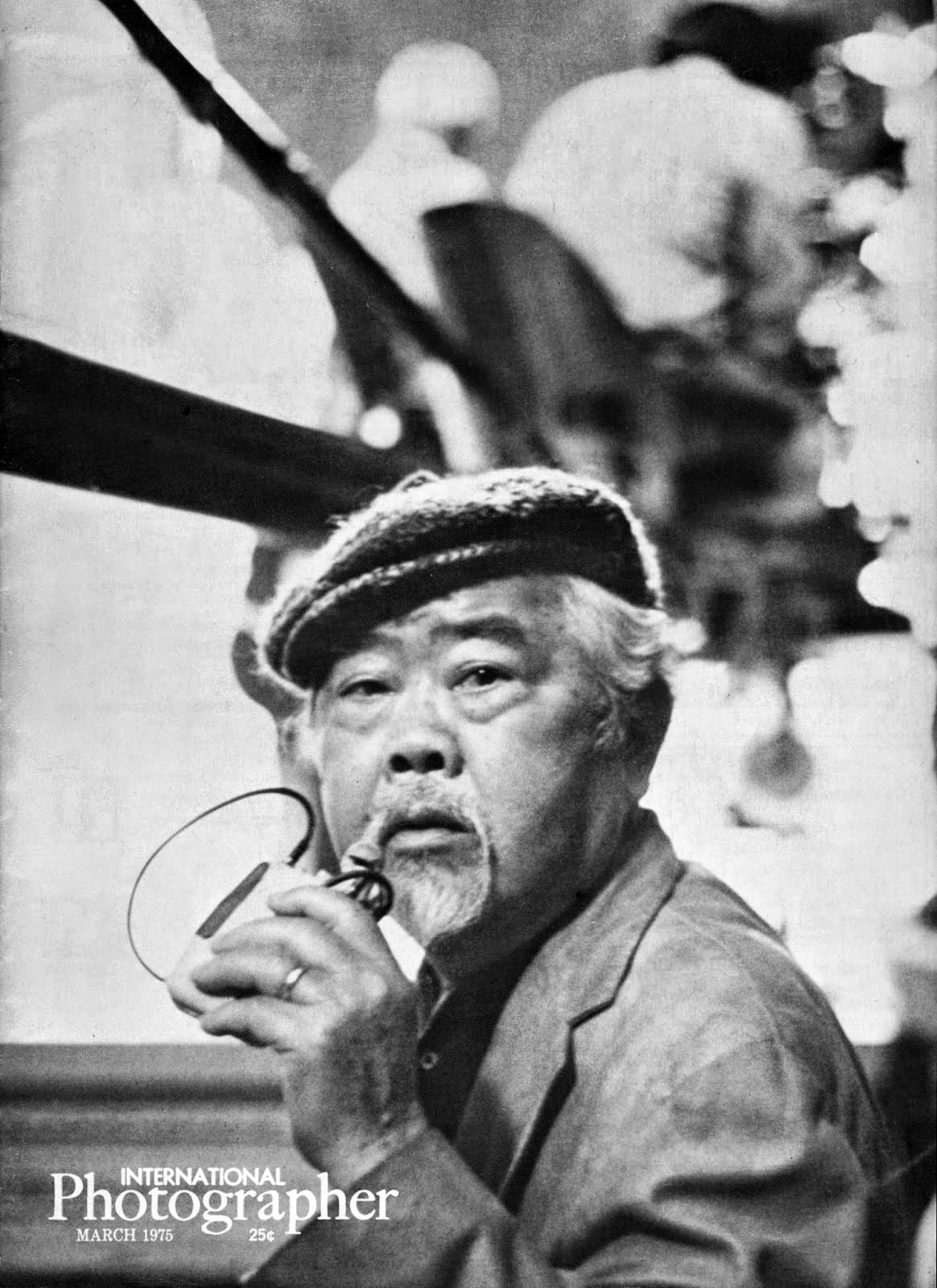Kenneth Tobey (1917-2002)
.jpg) |
| Publicity still for The Beast from 20,000 Fathoms (1953). |
“I played so many parts in war movies, I ought to get a military pension.”
| Laying down the law in Kiss Tomorrow Goodbye (1950). |
[From Tom Weaver’s book Double Feature Creature Attack]
“I’d done a picture for Howard Hawks called I Was a Male War Bride that was supposed to be a daily job, but Cary [Grant] and Ann [Sheridan] laughed so hard at what I did ... that Hawks kept writing in new scenes for me. And at the end of the picture, he said to me, ‘You know, I’m gonna star you in a picture someday.’ Nothing more was said. So I kept my eyes and ears open as far as his next picture, and when I read about The Thing in a paper, I called him and he said, ‘I was just gonna call you. Come on in and see me.’ So I don’t know if there were any other people up for it.”
.jpg) |
| Giving Cary Grant and Ann Sheridan the business in I Was a Male War Bride (1949). |
[1972 Photoplay interview on who really directed
The Thing from Another World (1951)]
“Howard Hawks. Technically, of course, Chris Nyby directed it and is given screen credit for it ... He was new at directing and Mr. Hawks maintained a kind of overseeage (sic) on the picture ... Howard has a wonderful ear. He can hear reality a mile away. He’d listen to a scene during a rehearsal and, if it didn’t sound normal or if it sounded a little stilted, he’d say, ‘Let’s do that again. Let’s just listen to it and see what happens.’ So we’d do it again, and he’d say, ‘What you’re saying there doesn’t seem to fit somehow. Can you think of anything you’d like to say instead?’ We went on like that a good deal.”
.jpg) |
| Something wicked this way comes for Tobey and Margaret Sheridan in The Thing from Another World. |
[1982 interview on John Carpenter’s remake of The Thing]
“Kurt Russell is a damn good actor, and gave an excellent performance as MacReady. The special effects were absolutely remarkable. I’ve never seen effects like those in the film before. Rob Bottin is obviously very talented. In fact, I met him when we were interviewed together on TV, and he’s a very sweet guy. I haven’t seen any of John Carpenter’s other movies, but I think he’s a very good director, although he was somewhat limited by his material. He showed a wonderful aptitude for handling the dramatic scenes ...
 |
| About to make the titular creature in The Thing from Another World really, really angry. |
“On the other hand, while I appreciated that Carpenter tried to put Campbell’s story on film, I now realize that was an almost impossible task. I doubt if the story could be told in visual terms. Because of the internalized drama, I think it could only be told in narrative form, where everything doesn’t have to be shown. The way Carpenter did it, he ran into some trouble, because he had to have so many graphical special effects.”
| Looking none too credulous with Mona Freeman in Angel Face (1952). |
[From Double Feature Creature Attack]
“I’ve loved being an actor — that’s what I do, that’s what I enjoy doing. It’s hard work — most people think it’s a cushy job, but it’s really not. I’ve been in it for fifty-three years or something close to that, and I’ve enjoyed ... most of it. The long waits between jobs sometimes are not much fun, and the long waits on the set waiting for a scene to come up are not enjoyable, either. But I’ve become accustomed to the way it works and I feel I’ve had a career. Maybe not a great career, but what the hell. I won’t retire, I’ll just be found one morning, dead, with one shoe on and one shoe off. And with a script clenched in my hand!”
| At the controls in the Cold War-era space rocket drama X-15 (1961). |
My favorite Kenneth Tobey films: He Walked by Night (1948), I Was a Male War Bride (1949), Kiss Tomorrow Goodbye (1950), The Thing from Another World (1951), Angel Face (1952), The Beast from 20,000 Fathoms (1953), Down Three Dark Streets (1954), The Steel Cage (1954), It Came from Beneath the Sea (1955), Gunfight at the O.K. Corral (1957), X-15 (1961), Marlowe (1969), Airplane (1980).



.jpg)
.jpg)
%2Bas%2Bscissor-wielding%2Bcons%2BCleo%2BMoore%2Band%2BVivian%2BMarshall%2Bwait%2Btheir%2Bturn.jpeg)
.jpg)



%2Bdirector%2BHerman%2BShumlin%2Band%2Bassistant%2Bdirector%2BDick%2BModer.jpg)



